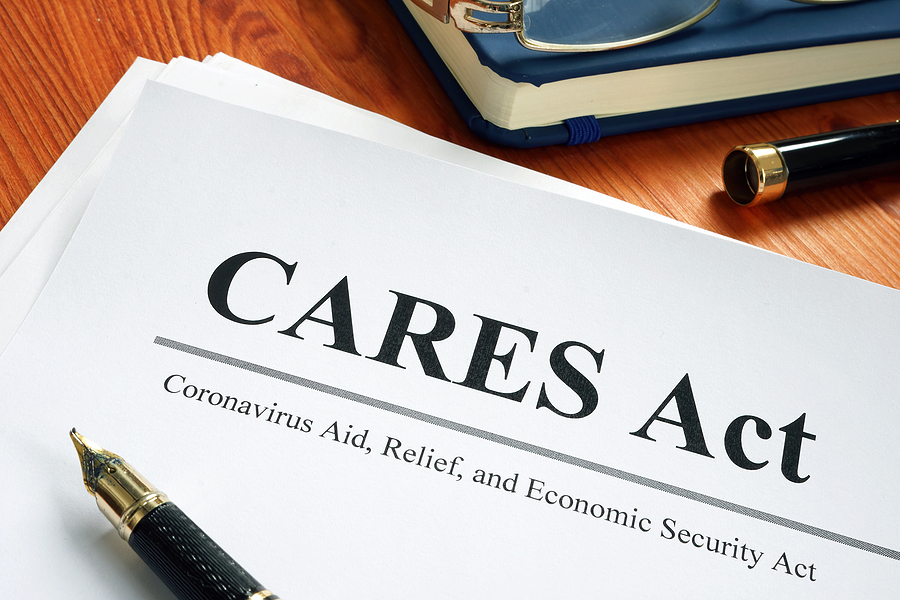By now, almost everyone in the United States (and the rest of the world) is familiar with the Coronavirus Aid, Relief, and Economic Security (CARES) Act.
The CARES Act was passed by Congress, with bipartisan support, and then signed into law by President Donald Trump on March 27th, 2020.
As a more than $2 trillion economic relief package, it was designed to help businesses and individuals across the country affected by the economic and public health impact of COVID-19.
Generally speaking, the CARES Act focuses on four key areas:
1. Assistance for the American People
For example, through Economic Impact Payments, the government was able to quickly get money into the hands of the American people. This allows them to better deal with the financial impact of the pandemic.
2. Assistance for Small Businesses
This has come in many forms, including the Paycheck Protection Program.
With this, the U.S. Small Business Administration (SBA) was able to provide struggling businesses with forgivable loans. This helped with everything from covering overhead to maintaining payroll to rehiring employees.
3. Preserving Jobs
Since the early months of the pandemic, it’s affected the job market throughout the country. As a result, millions of people found themselves out of work.
Thanks to the CARES Act, the Treasury Department played a huge role in preserving jobs in a variety of industries.
Furthermore, unemployment benefits were expanded, thus giving out of work Americans more financial stability.
4. Assistance for Local, State, and Tribal Government
It goes without saying that the federal government wasn’t the only one affected by the pandemic.
Through the CARES Act, direct payments were issued to local, state, and tribal governments.
Final Thoughts on the CARES Act
In simple terms, here’s how the government defines the CARES Act on its website:
The CARES Act provides fast and direct economic assistance for American workers, families, and small businesses, and preserve jobs for our American industries.
These are the basic details of the CARES Act, but you can learn more about it by visiting this page of the U.S. Department of the Treasury website.


I’m trying to get help through the cares act through the money that was granted to the local and state agency’s in Tulsa Oklahoma for the pandemic relief crises covic 19 program
There’s an immediate help I don’t get no income as soon as I check what’s cut off and I don’t have no way of paying my utilities on your children I’ve been cut off and I can’t pay my rent I need help please
I’m just trying to at least get one account or credit cards to work I’ve never been in my life seen how banks can be so broke and I’ve always tried to pay on time for them but having them take my check and child tax stemless before Christmas is pretty bad I pray god would help others see how much they can make someone with disabilities have trouble learning about insurance or banking online is and hunging up with you when they have you on hold for three hours at one time I’m sure they would not like it or asking about a statement from them nothing just hangs up that to me is not caring about me Illinois needs to market better banking around south cause we down here need help too laws for insurance needs help rewriting it so it never really helps the ones that other have hurt and by the grace of god is here I’m going to say love this land and thank you for fighting for freedom bless you and merry Christmas hopefully loan will be approved